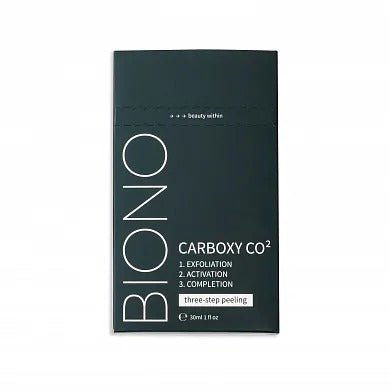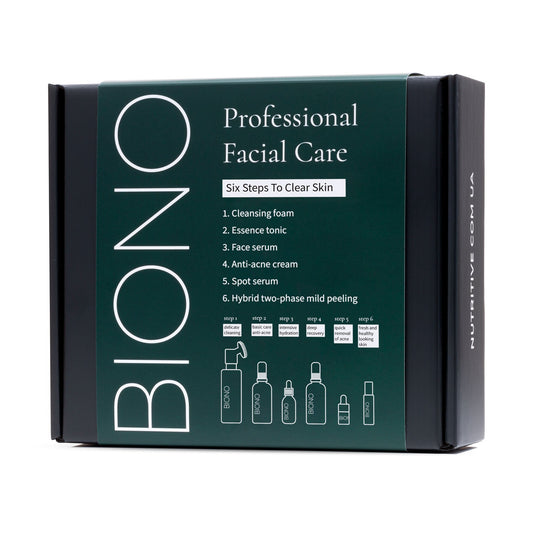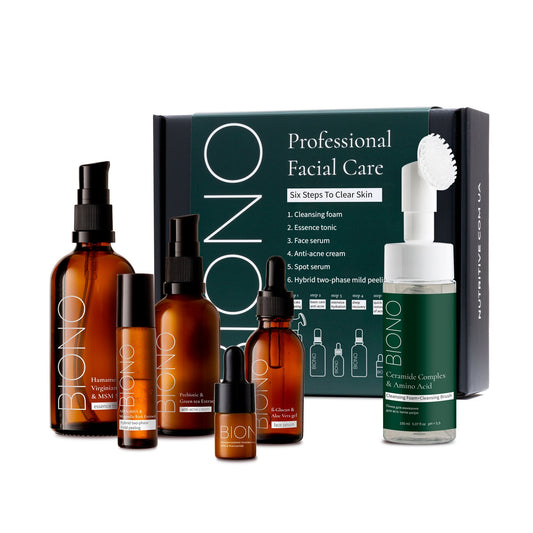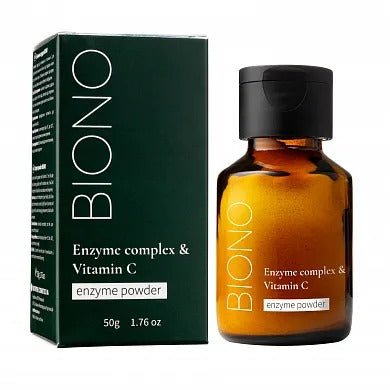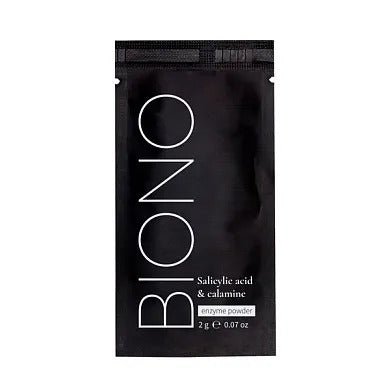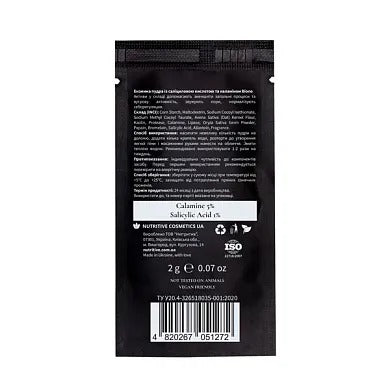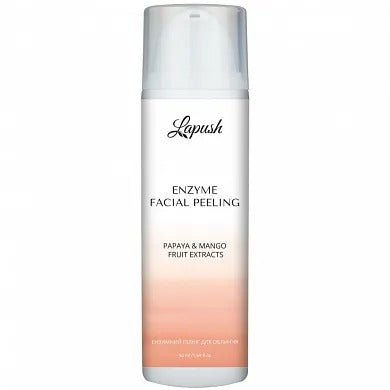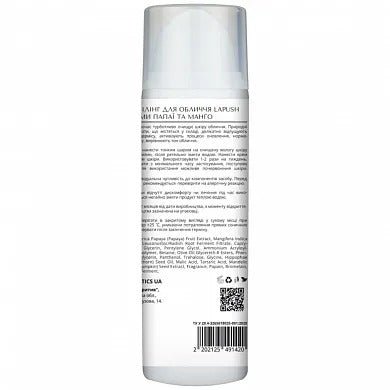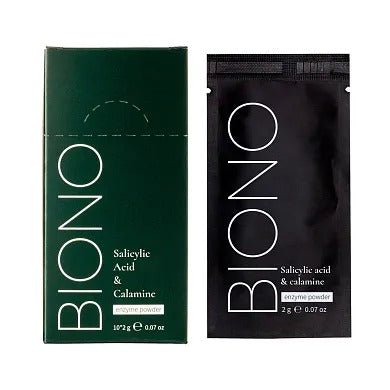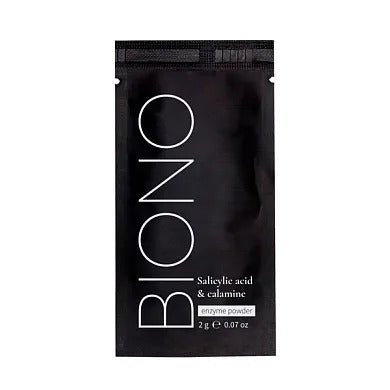
Facial Enzyme Therapy: Gentle Skin Renewal Without Harm
Modern cosmetology is actively developing innovative skin care methods, among which enzyme therapy occupies a special place. This progressive approach is based on the use of natural enzymes to improve the condition of the skin of the face and body and solve various dermatological problems. Enzyme therapy allows you to gently and effectively cleanse the skin of dead cells, stimulate regeneration processes and restore the natural balance of the epidermis. The method has found wide application both in professional cosmetology and in home care, demonstrating impressive results in the fight against age-related changes, acne, pigmentation and other skin problems.
What is enzyme therapy in cosmetology and dermatology?
Enzyme therapy in cosmetology is a method of skin treatment and care based on the use of natural enzymes of plant or animal origin. These biologically active substances are able to break down keratin bonds between dead cells of the epidermis, providing gentle and effective exfoliation. Unlike mechanical scrubs or chemical peels, enzyme therapy acts selectively, affecting only dead cells and leaving healthy skin intact.
The basis of enzyme therapy for the skin is the use of proteolytic enzymes that break down protein compounds. Papain from papaya fruits, bromelain from pineapple, ficin from figs, trypsin and chymotrypsin - all these enzymes have proven effectiveness in cosmetic procedures. Each enzyme has its own specific effect: some cope better with keratinized cells, others stimulate collagen synthesis, and still others improve blood microcirculation in tissues.
The mechanism of action of enzyme therapy is based on the ability of enzymes to catalyze biochemical reactions at normal body temperature. This makes the procedures as comfortable as possible for patients and minimizes the risk of side effects. Enzyme preparations can be used in the form of masks, serums, creams or professional peels, providing an individual approach to each skin type and specific problems.
Benefits of enzyme therapy for facial skin health
The main advantage of enzyme therapy for facial skin is its ability to provide deep, but delicate cleansing without injuring healthy tissues. Enzyme preparations dissolve only dead epidermal cells, sebaceous plugs and impurities, without violating the integrity of living cells. This makes the method ideal for sensitive skin prone to irritation and allergic reactions. Regular use of enzyme therapy helps maintain an optimal level of skin regeneration and prevents the accumulation of toxins.
Enzyme therapy demonstrates exceptional effectiveness in combating age-related changes in facial skin. Proteolytic enzymes stimulate the synthesis of collagen and elastin, improve skin elasticity and reduce the depth of wrinkles. The antioxidant properties of many plant enzymes help protect the skin from the negative effects of free radicals, slowing down the aging process. Regular enzyme therapy procedures help increase skin turgor, improve its color and texture.
Especially valuable is the ability of enzyme therapy to improve the skin's permeability to the active components of other cosmetic products. After the enzyme peeling procedure, the skin better perceives moisturizing, nourishing and therapeutic preparations, which significantly increases the effectiveness of comprehensive care. This synergistic effect allows you to achieve more pronounced and lasting results in the treatment of various facial skin problems.
Indications for the use of enzyme therapy for the skin
The spectrum of application of enzyme therapy in dermatology and cosmetology is extremely wide and covers most of the problems associated with the skin condition. Acne and post-acne are one of the main indications for the appointment of enzyme therapy. Enzymes are able to dissolve sebaceous plugs, reduce inflammation and accelerate the healing of rash elements. The antimicrobial properties of some enzymes help control the growth of pathogenic microflora, which is especially important in the treatment of problem skin.
Hyperpigmentation of various origins is also successfully corrected with enzyme therapy. Enzymes are able to accelerate the renewal of the epidermis, contributing to faster exfoliation of pigmented cells. The combination of enzyme preparations with whitening components allows you to achieve significant lightening of spots and even skin tone. Enzyme therapy is especially effective in the treatment of solar keratoses, melanoderma and other forms of pigmentation disorders.
Seborrheic dermatitis, rosacea, couperose and other inflammatory skin diseases are also included in the scope of enzyme therapy. The anti-inflammatory properties of enzymes help reduce redness, itching and other unpleasant symptoms. The mild effect of enzyme preparations makes them safe even for the most sensitive skin prone to reactive conditions. The course use of enzyme therapy often allows you to achieve stable remission of chronic dermatological diseases.
Enzyme therapy in the treatment of facial skin problems
Acne treatment with enzyme therapy is complex and affects all links in the pathogenesis of this disease. Keratolytic enzymes normalize the processes of keratinization in the mouths of hair follicles, preventing the formation of comedones. Proteolytic enzymes break down the protein components of sebaceous plugs and promote their removal from the pores. The anti-inflammatory effect of enzyme preparations helps to reduce the severity of inflammatory elements and accelerate their resorption.
Correction of age-related changes in facial skin using enzyme therapy is based on the stimulation of natural regeneration processes. Enzymes activate dermal fibroblasts, increasing the synthesis of collagen, elastin and hyaluronic acid. This leads to improved skin elasticity, reduced wrinkle depth and increased firmness. Regular courses of enzyme therapy can significantly slow down the processes of photoaging and chronoaging of the skin.
Treatment of pigmentary disorders of the facial skin with enzyme preparations gives particularly good results in superficial forms of hyperpigmentation. Enzymes accelerate the renewal of the epidermis, contributing to the faster removal of pigmented cells. Some enzymes have the ability to inhibit tyrosinase - a key enzyme in melanogenesis, which additionally contributes to skin lightening. The combination of enzyme therapy with other depigmentation methods often allows you to achieve impressive results even with persistent forms of hyperpigmentation.
Methods and types of enzyme therapy for the skin
Professional enzyme therapy in a cosmetology office includes a variety of procedures, each of which has its own characteristics and indications. Enzyme peeling is the most common form of enzyme therapy for facial skin. The procedure involves applying a special preparation with a high concentration of active enzymes to cleansed skin. The exposure time varies from 10 to 30 minutes depending on the skin type and the tasks set.
Enzyme masks are a milder version of enzyme therapy, suitable for regular use. Such preparations contain enzymes in lower concentrations and are often enriched with additional active ingredients: vitamins, minerals, moisturizers. Masks can have different consistencies - gel, cream or alginate, which allows you to choose the best option for each skin type.
Home enzyme therapy is becoming increasingly popular due to the availability of enzyme preparations for self-use. Serums, creams and cleansers with enzymes allow you to maintain the effect of professional treatments between visits to the beautician. It is important to choose the right concentration of active ingredients and follow the recommendations for the frequency of use to avoid excessive skin irritation.
Contraindications and safety of skin enzyme therapy
Despite the naturalness and mildness of the action, enzyme therapy has certain contraindications that must be considered before carrying out the procedures. Individual intolerance or allergic reactions to specific enzymes may manifest themselves in the form of redness, itching, swelling or rashes. Before the first use of enzyme preparations, it is strongly recommended to conduct a sensitivity test on a small area of the skin. People with increased skin reactivity or a tendency to allergic reactions should be especially careful.
Acute inflammatory processes on the skin of the face, open wounds, fresh burns or infectious lesions are absolute contraindications for enzyme therapy. In such cases, enzyme preparations can increase inflammation or cause additional tissue irritation. The period of exacerbation of chronic dermatological diseases also requires a temporary refusal of enzyme procedures until the skin condition stabilizes.
Pregnancy and breastfeeding are traditionally considered relative contraindications for enzyme therapy. Although systemic absorption of enzymes is minimal when applied topically, consultation with a physician is recommended before procedures. Taking certain medications, such as anticoagulants or immunosuppressants, may also require adjustment of enzyme therapy protocols or temporary discontinuation.
Results and effectiveness of enzyme therapy for facial skin
The first noticeable results of enzyme therapy usually appear after the first procedure in the form of improved skin texture, reduced oiliness and a healthy glow. The skin becomes smoother, softer and more pleasant to the touch due to the removal of the keratinized layer of the epidermis. The pores narrow and their contamination is significantly reduced, which is especially noticeable in problematic oily skin. Regular use of enzyme procedures allows you to maintain optimal skin condition and prevent the accumulation of dead cells.
Long-term results of enzyme therapy become apparent after a course of 6-10 procedures, performed at intervals of 1-2 weeks. The overall tone and color of the skin are significantly improved, the severity of age spots and post-acne is reduced. Fine wrinkles become less noticeable, and the skin becomes more elastic and elastic. In the treatment of acne, there is a decrease in the number of new rashes, faster healing of existing elements and a gradual smoothing of the skin relief.
The effectiveness of enzyme therapy is significantly increased when combined with other cosmetic procedures and proper home care. The combination of enzyme peels with mesotherapy, biorevitalization or hardware methods gives a synergistic effect and allows you to achieve more pronounced results. An important factor in success is the individual selection of the type and concentration of enzymes in accordance with the characteristics of the skin of a particular patient and the tasks set.
Conclusion
Enzyme therapy for the face and body is a safe, effective and scientifically proven method for solving a wide range of dermatological and cosmetic problems. The use of natural enzymes allows you to delicately affect the skin, stimulating its own regenerative processes without injuring healthy tissues. This approach is especially valuable for people with sensitive skin or those who strive for the most natural care.
Many years of practice of using enzyme therapy in cosmetology confirm its high efficiency in treatment of acne, hyperpigmentation, age-related changes and other skin problems. The possibility of combining enzyme therapy with other methods of care and treatment makes it a universal tool in the arsenal of a modern cosmetologist. Properly selected enzyme preparations can not only improve the appearance of the skin, but also restore its health at the cellular level.
The future of enzyme therapy in cosmetology is associated with the development of new, more specific enzyme complexes and the improvement of methods for their delivery into the deep layers of the skin. A personalized approach to the selection of enzyme preparations based on genetic testing and detailed analysis of the skin condition promises to make this method even more accurate and effective for each specific patient.

